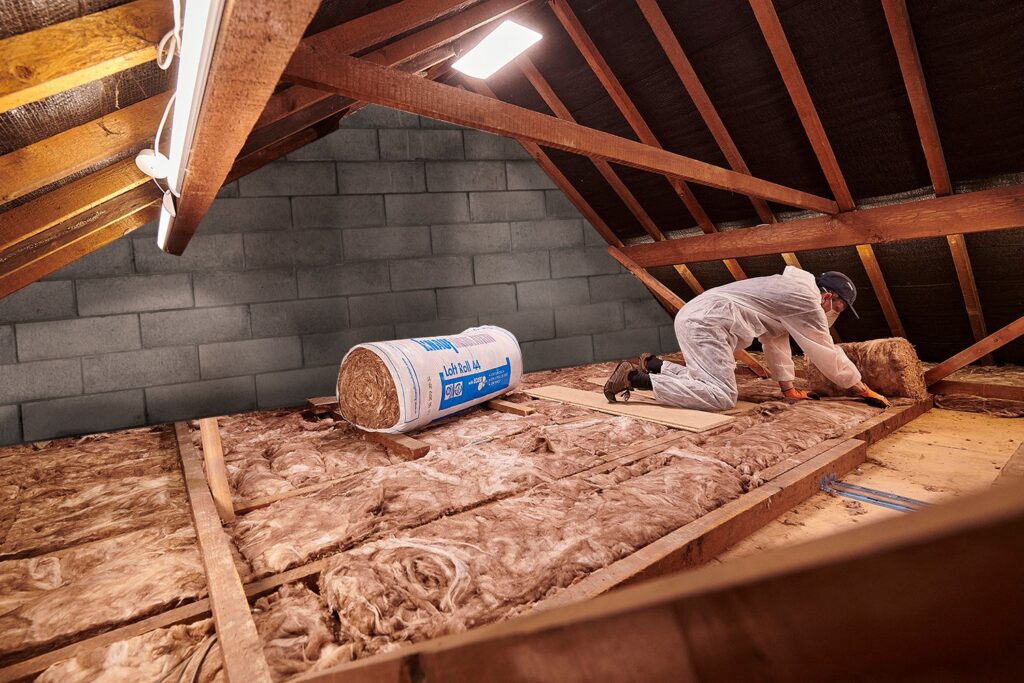The kitchen is a favorite place for pests like ants, cockroaches, moths, and pantry beetles, which are attracted by food, warmth, and moisture. Keeping your pantry and kitchen bug-free requires vigilance, cleanliness, and a few strategic steps. Here are practical tips to help you prevent pests from invading your kitchen and contaminating your food.
Maintain Cleanliness
Keeping your kitchen clean is the first and most important step in pest prevention. Food crumbs and residue are major attractants for insects, so a consistent cleaning routine can make a huge difference. Wipe down surfaces daily, especially countertops and kitchen tables, to remove any crumbs and spills that might attract pests. Clean under and behind appliances like the stove, refrigerator, microwave, and toaster, as pests often hide in and around these areas. Regularly sweep and mop the kitchen floor to eliminate food particles, and take out the trash frequently, using a trash can with a lid and cleaning it regularly to remove any residue.
Store Food Properly
Proper storage is essential to keeping your pantry free of pests. Many pests can chew through paper or cardboard, so store dry goods like flour, cereal, rice, and pasta in airtight containers. This not only keeps food fresh but also prevents pests from accessing it. Avoid overfilling containers, as spills attract pests, and ensure lids are tightly sealed. Pet food should also be stored in airtight containers, and avoid leaving uneaten pet food out overnight, as it can attract pests.
Inspect and Organize the Pantry
A cluttered pantry can hide pests, so keeping it organized and inspecting it regularly can help you catch any signs of pests early. Use a “first in, first out” system to rotate food items, ensuring older items are used first to prevent food from going stale. Regularly check for expired food and discard anything past its date, as older items can attract pests. Before bringing new items home, inspect food packaging for any tears or holes, as these can indicate that pests have already gotten inside.
Seal Entry Points
Small openings and cracks make it easy for pests to enter your kitchen. Inspect the kitchen’s walls, baseboards, windows, and doors for any cracks or holes, sealing them with caulk or other sealants to block pest access. Installing door sweeps on exterior doors can prevent crawling pests from entering, while screens on windows and vents keep flying insects outside. Regularly inspect these areas and repair any damage to maintain a barrier against pests.
Inspect and Clean Pantry Items After Grocery Shopping
Pantry pests, like flour beetles or pantry moths, often enter homes through packaged food items. For dry goods such as flour, rice, and pasta, place them in the freezer for a few days after purchase to kill any insect eggs that may be present. When buying bulk items, inspect them closely for signs of pests and consider transferring them to airtight containers before storing them in your pantry. Avoid overstocking your pantry, as excess items may sit around long enough to attract pests.
Natural Repellents for the Kitchen
Several natural remedies can help deter pests without introducing chemicals into your kitchen. Essential oils, such as peppermint, bay leaf, and eucalyptus, act as natural repellents for ants, moths, and pantry pests—place a few drops on cotton balls and leave them in your pantry or near windows. Diatomaceous earth is another natural option; this fine powder kills insects by damaging their exoskeleton. Sprinkle it in cracks, along baseboards, or in pantry corners, ensuring you use food-grade diatomaceous earth if it’s around food. Bay leaves are also effective; place a few inside pantry shelves, jars, or containers to deter pantry beetles.
What to Do if You Find Pantry Pests
If you find pests in your pantry, quick action is essential to prevent them from spreading. Dispose of any infested items by sealing them in a bag before throwing them away to contain the pests. Remove all food from the pantry and vacuum shelves, walls, and crevices to eliminate any eggs or larvae. After vacuuming, wipe down shelves with a vinegar solution to remove food residue. Monitor the area closely for signs of new activity, and if pests continue to appear, consider contacting a pest control professional.
Conclusion
A pest-free kitchen and pantry start with consistent cleaning, proper storage, and regular inspections. By following these preventive measures, you can significantly reduce the risk of a pest infestation in your kitchen, keeping your food safe and your home healthy. Proactive prevention is key to maintaining a clean, pest-free kitchen.






